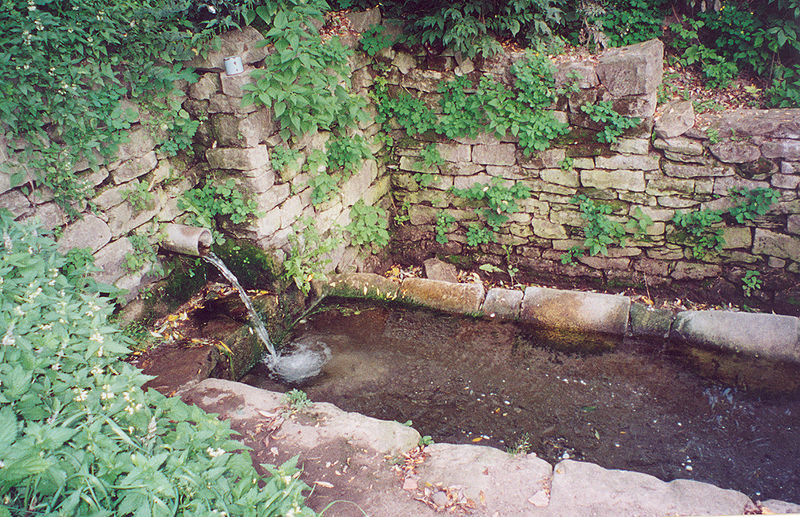Long-term, continuous monitoring of contaminated groundwater may become more effective thanks to a new method developed at the U.S. Department of Energy's Oak Ridge National Laboratory.

The system combines a tube with a membrane and a device for examining ion mobility, an analyzer, for a single procedure for on-site monitoring of chlorinated hydrocarbons in water. "Our technology provides a cost-effective and still highly accurate way to monitor pollutants in water and air," said Jun Xu, the project's principal investigator. The innovative system, known as "Ion mobility spectroscopy through a membrane", is embedded in a single, compact device capable of detecting impurities of the substances tetra-chloroethylene and tri-chloroethylene in water at concentrations of 75 micrograms per liter within three minutes.
The researchers claim that this method could reduce the cost of monitoring long-range contaminants in groundwater by eighty percent. "Using this method, it will be possible to spread underground sensors over the area and there will no longer be a need for a technician to take a sample from the groundwater and transport it for testing in a remote laboratory," explains the researcher. Our innovative sensors perform all three of these tasks in one step and quickly, so we save a lot of money."
However, groundwater monitoring is only one of the examples of the capabilities of this method. The sensor can be designed so that it can also monitor the water found in wells and springs, household taps and rivers or other water sources suspected of having abnormal or unwanted pollutant concentrations. In addition, additional membranes with different properties can be installed to enable the collection and detection of a wide variety of other pollutants.

2 תגובות
The question is whether the sensors detect heavy metals and inorganic pollutants.
There was a nicer idea at the time with water flowers that change colors depending on the level of pollution...